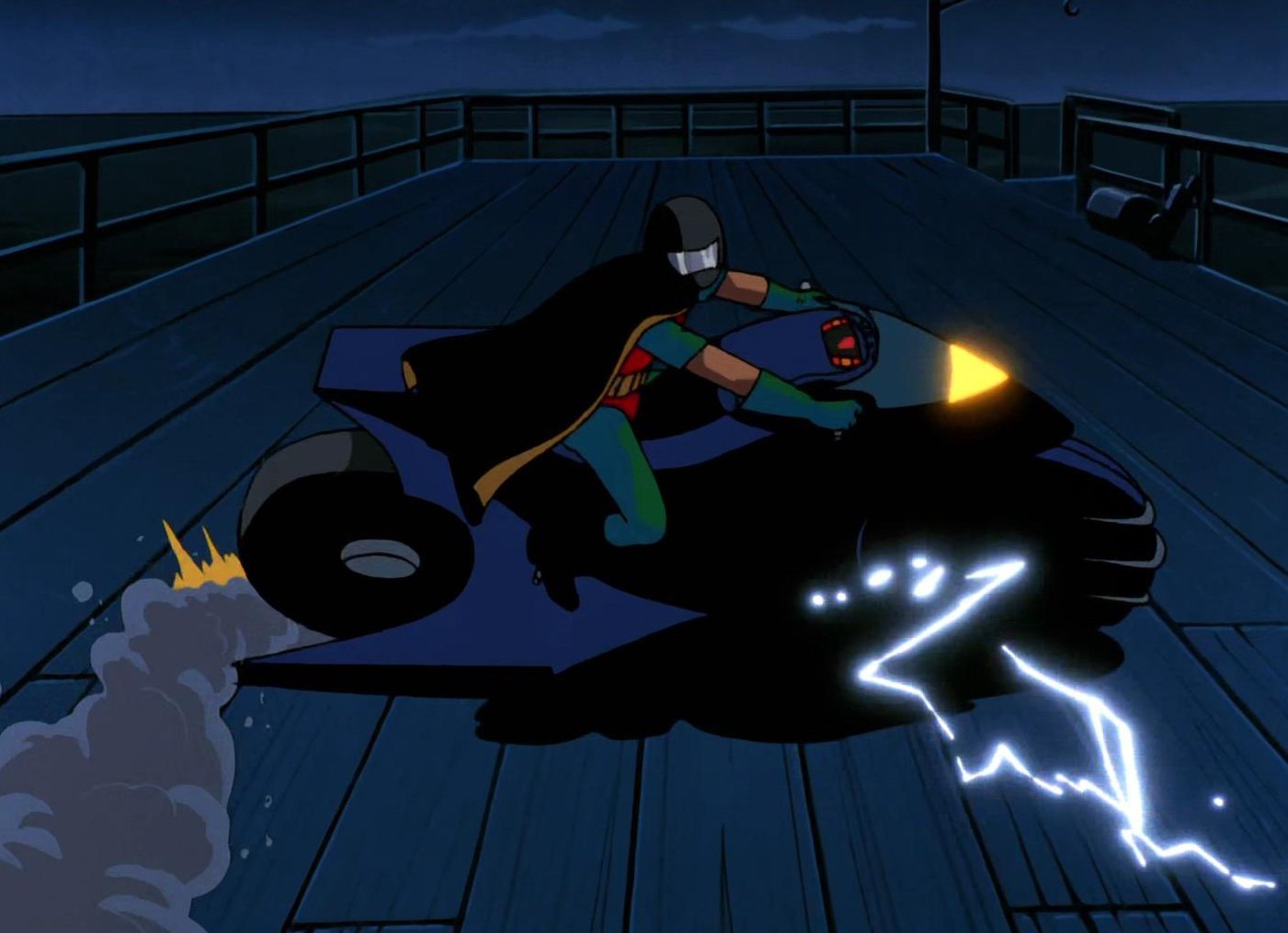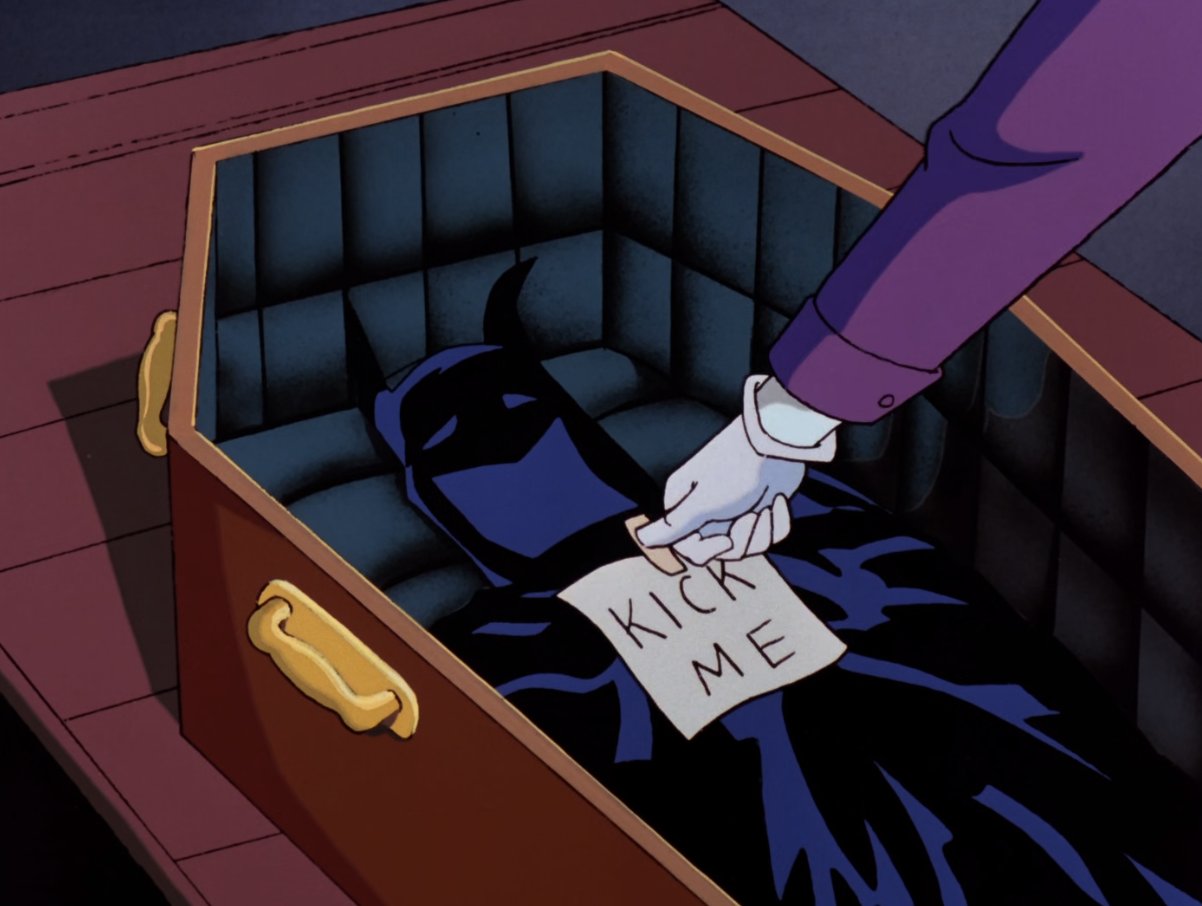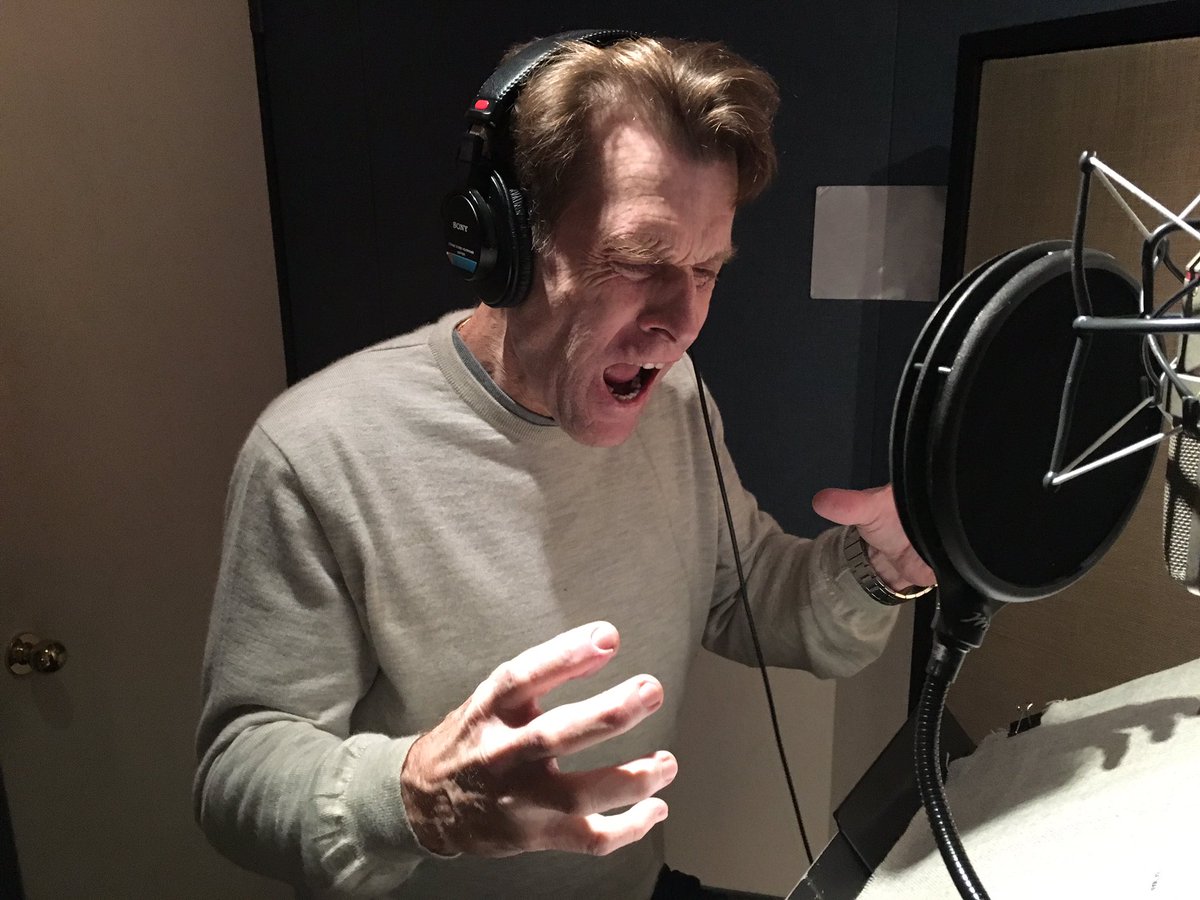
30 November 1955 – 10 November 2022
If you’ve been reading since the last few weeks, you already got my perfect introduction to Batman: The Animated Series in the list of my favorite episodes. Still I’ll paste it below for ease:
“I happen to have grown up exactly in the sort of generation where, if you were a Batman fan as I was and still am, your first exposure to the character was almost certainly Batman: The Animated Series – which shares with myself the distinction of having turned 30 this year – the groundbreaking animated television series that kickstarted an animated universe developed by creators Bruce Timm, Eric Radomski and Paul Dini, renewed interest in the artistic medium’s potential for mature storytelling, idiosyncratic processes, and translating comic book visuals. They lifted from art deco shapes and expressionist lines (so basically just an animated noir!), they drew backgrounds on black paper, and they provided some of the most nuanced and well-dimensioned villains in all of superhero pop culture to the point of even re-wiring the source material. It in effect amplified the way that Tim Burton’s 1989 smash-hit feature film made the character one of the most recognizable in all of pop culture.
And yet, even with all the various forms in which one has to have been exposed to Batman through television, movies, comic books, video games and such… when I think of the character, the very first image that pops into my head is the square-jawed black cowl against grey cartoon that Timm designed off of Bob Kane and Bill Finger’s original caped crusader. And the man who gave that version its voice was Kevin Conroy, who is sadly no longer with us as of this past weekend. So basically the affinity I’m voicing for Conroy’s work as the voice of my quintessential concept of Batman is shared with an entire age group of fans and likely beyond.”

As I mentioned in that same post, I unfortunately don’t have the time in my life to review every single episode of that monumental tv show in my life. I do however have time to talk about what spent most of my life as my favorite feature film involving the Dark Knight himself, a spin-off of that animated series that was originally intended for the small-scale direct-to-video release but shifted gears after the success of the show’s first season. The result was that Timm and Radomski – who were co-directing the film – had to crunch hardcore on the production the feature compared to the usual schedule theatrical animated features receive, but when you’re built off of the incredible technique and profound iconography that Batman: The Animated Series got off of, you’ll still end up a near-masterpiece at the very least.
That near-masterpiece released on Christmas Day of 1993 as Batman: Mask of the Phantasm.
As the spin-off of such smash hits and based on an inescapably popular character, the screenplay (written by Dini, Alan Burnett, Martin Pasko, and Michael Reaves) begins in media res of Batman’s career as Caped Crusader to the city of Gotham. It appears that a specific group of Gotham’s old time gangsters are being bumped off one-by-one and because the figure who is arranging these murders is a shadowy figure who fades in and out like the night, the M.O. frames Batman for these slayings. We know that’s not the case from scene one since we see Batman and this Phantom (Stacy Keach) in the same room, unlike how Batman and billionaire playboy Bruce Wayne are never in the same room*.
(Because Batman is indeed Bruce Wayne under the cowl, in case you did not know what the hell a Batman is.)
As these murders are being investigated by both Batman and the police, Andrea Beaumont (Dana Delany, who would return to the DCAU voicing Lois Lane, the romantic interest of the OTHER big DC superhero, when Superman: The Animated Series premiered 3 years later) returns to the city and she happens to be an old flame of Bruce’s. In fact, the complicated past relationship between the two happened to overlap with the moment Bruce fully committed to his new identity as Batman and it’s through a series of flashbacks that we are made privy to what Andrea’s presence did to brighten Bruce’s life and why that was something unsustainable to Bruce’s mission. Basically what we associate with an origin story is instead used to deepen where the present-day investigation is going, especially rewarded by how honestly predictable the storytelling is and how swiftly it moves to our projected revelations in a runtime below 80 minutes.

Because for one thing, Mask of the Phantasm is as deep a dive into Bruce’s psyche as Batman Begins or Batman Forever. Any reasonable person would recognize the way out that love offers for them and take it with no strings attached, but Wayne’s burden is something he is unwilling to detach from and that’s what shapes the tragic character study of Batman as a figure. He doesn’t just feel responsible for carrying the pain of his parent’s death, he NEEDS to carry that pain. Conroy’s performance is intuitively aware of how to portray that byzantine self-punishment for the character throughout the movie’s runtime, whether it’s the disruption Andrea brought to his life, the aggression when his trusty valet Alfred (Efrem Zimbalist Jr.) verbally observes the way the case and Andrea’s return has cut deep, or just the complete shambles he is in trying to recognize the crossroads he’s at. Is it Conroy’s best work in the 30 years he spent in the role? I’m a bit hesitant to claim that when he’s seldom failed to be at the top of his game, but I must confess: “I didn’t count on being happy” is probably the single most devastating line delivery I’ve heard out of him. It is the very soul of Batman: Mask of the Phantasm as drama and of Conroy’s Batman.
But the other thing about that flashback weaving of Bruce and Andrea’s romance abruptly cut by Bruce’s determination to transform into Batman is how it plays into this movie’s invoking of repetition as an anchor to how it suggests the cyclical highs and falls of Bruce and Andrea as a romantic couple. Tim Brayton at one point used a trio of shots involving a composition of Bruce or Batman facing away from the audience to a spot of parental remembrance to best demonstrate how the visuals play into repetition in a resemblance to comic book symmetry. But it’s also just one of many arenas the movie is about the past is coming back to knock the wind out of Bruce from various angles: from Andrea, to his need to consult his grief for direction, to even that long-time and almost-as-iconic nemesis The Joker (Mark Hamill in a performance that, alongside the tv show, rivals Luke Fucking Skywalker as his most iconic work) having some root in his past with an impressive sourcing of his recognizable character design in one of the flashbacks.

In fact, that strategy of compositional patterns is probably one of the few arenas where the visuals in Batman: Mask of the Phantasm comes close to the average highs of the animated series**. It’s not devoid of any impressive usage of thick shadows, deco designs, and pop iconography for hard-impact imagery – just consider the expressionist portrayal of Bruce donning the cowl for the first time and the gigantic look of horror on Alfred’s face (including a breathless utterance of “my God!” that might be Zimbalist’s best line delivery in the role) – but sadly the rushed production schedule ensured this movie would never surpass those highs. The movements particularly leave a little to be desired in their aimless waving, particularly when it comes to the action sequences (outsourced to Korean studio Dong Yang, who would afterwards be doing most of the work on the imminent second season) or floppy gesticulating of tertiary antagonist Arthur Reeves (Hart Boechner) as he uses his political influence to push a police manhunt for Batman. The closest graphic strengths it has alongside the echoing shots come to the design of its most essential background location: a futuristic World’s Fair exhibit that is monumental to Bruce and Andrea’s romantic optimism and in turn gets transformed over the time lapse into a robotic abattoir for the bitter final battle to occur. The design of the set feels not only like a worthy expansion of 1950s Metropolitan concepts but also plausibly uses the model scales so that the three-way fight gives proper homage to the work of artist Dick Sprang. It’s a literal larger-than-life treatment of the conflict at hand, both emotional and physical.
And that’s in fact the staying power of Batman: Mask of the Phantasm: it really does feel like it’s trying to amplify the bombast to the grand movements of opera, even in the areas where it had to succumb to its budget or schedule. Hell, even the music by Shirley Walker is aiming for the big theatrics with its opening gothic choirs. That’s all a good thing. The emotions are bigger, the scope of the story is bigger, the scale of the action is bigger, and the only thing that keeps it human-level is the fact that the thing at stake most is Batman’s soul, trying to fill out the space where Andrea claimed his heart. Maybe it’s a bit melodramatic for some, but I seldom want my comic book movies to be subtle when they are based in an artform that is about the fundamental effect that is a character you can recognize like the back of your hand striking poses of great pageantry. The pomp in this case is not just in those images, but in the direct and sweeping storytelling as it’s in there that Mask of the Phantasm became my favorite superhero movie when I was a child. It took my favorite superhero and made him as engaging and psychologically accessible as he’s ever been – in the comics, in the movies, on the television, whatever – and that’s probably why the hooks Conroy’s voice got into me as Batman will never ever leave my immediate conceptualization of the character.
Thank you, Kevin.
*”Perchance to Dream” and “The Strange Secret of Bruce Wayne” don’t count, don’t @ me.
**I guess this is as good as any spot to note humbly that I’ve been able to see this movie on 35mm TWICE now and each time was a different aspect ratio: 1.33:1 which would be expected for a direct-to-video production to accommodate the television screen shape in the early 1990s and 1.85:1 which would of course be conventional for a modern theatrical release. I think both have their strengths and weaknesses: neither version is absent of cut off characters or cramping, but there’s less of it in the widescreen presentation. Still the full frame iteration has my heart as I feel the looming nature of Batman as a character and the centralizing of each shot’s subject gives it more accentuation and power. Plus at first I felt weird about how the full-frame sort of fades into the black paper it was animated on, but now I’ve come to dig it.





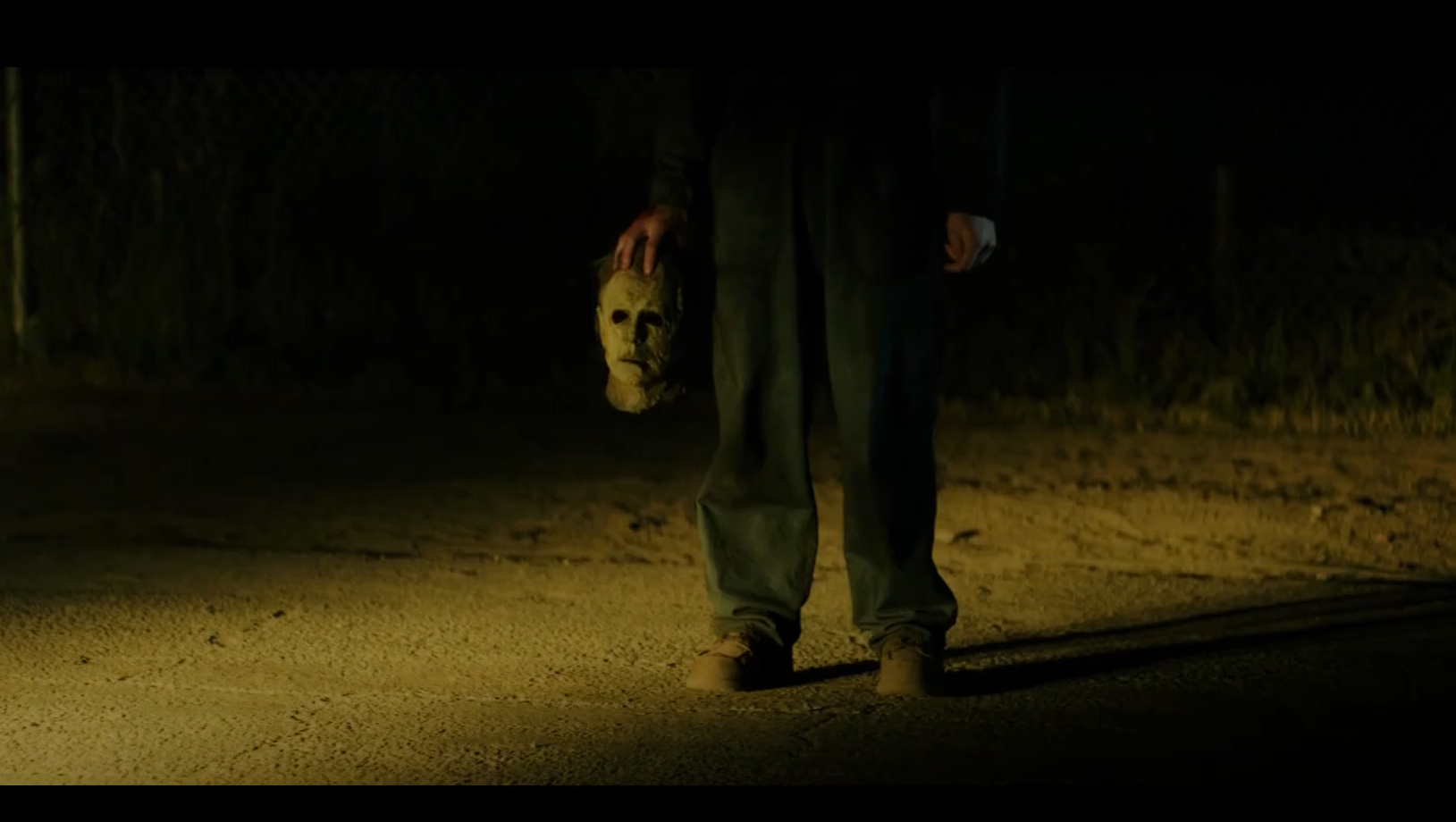




_053.jpg?bwg=1569494249)
_014.jpg?bwg=1569494252)
_025.jpg?bwg=1569494249)

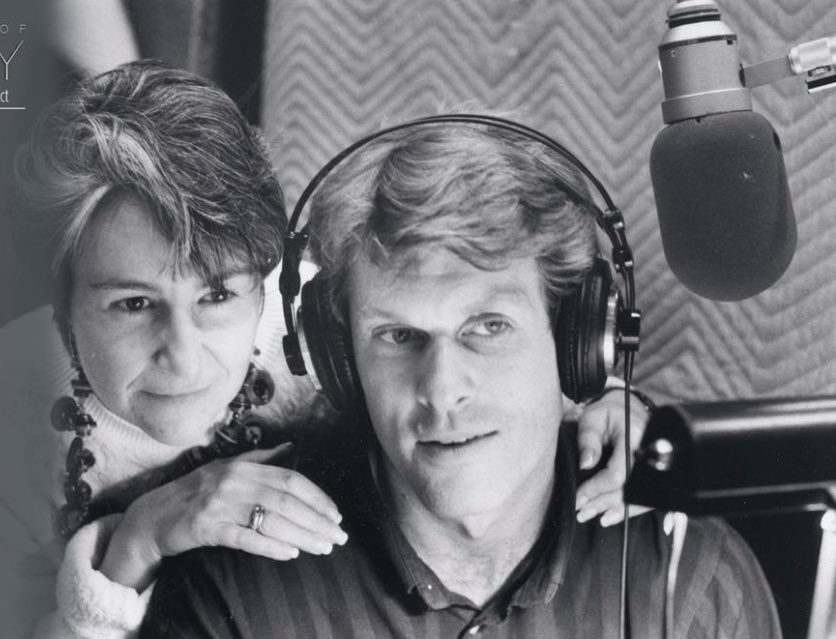

:format(jpeg)/cdn.vox-cdn.com/uploads/chorus_image/image/50312591/Harley-5.0.jpg)


